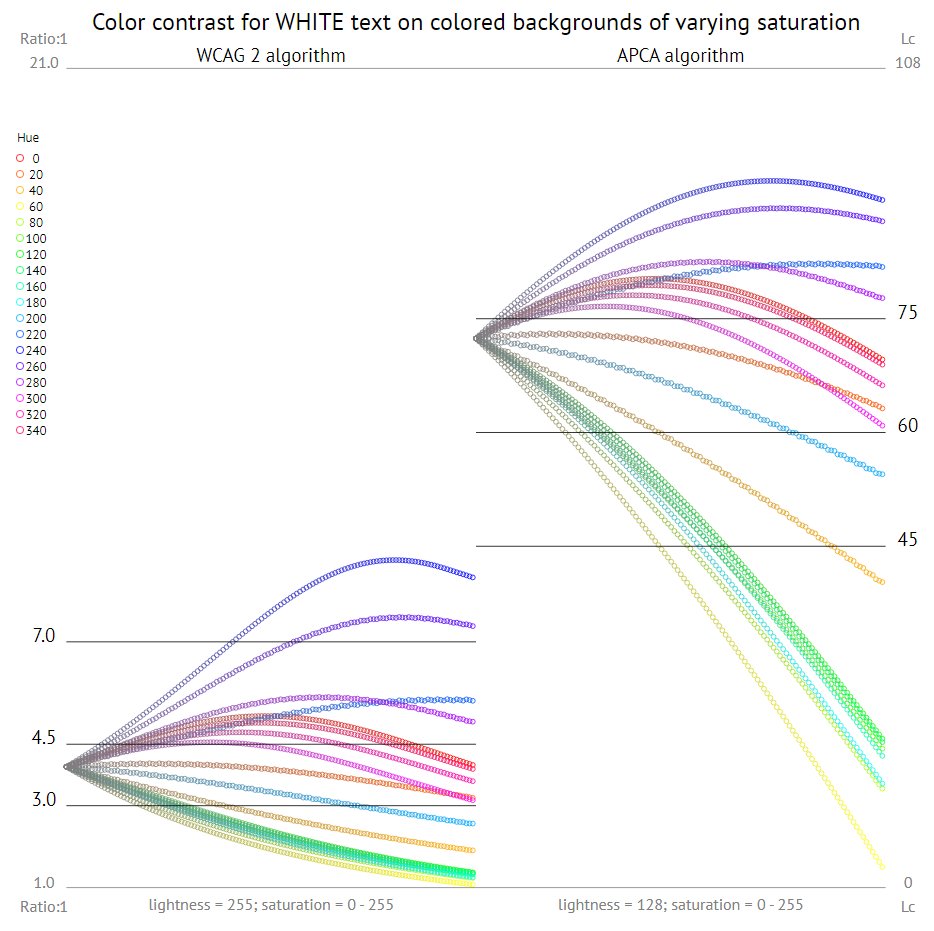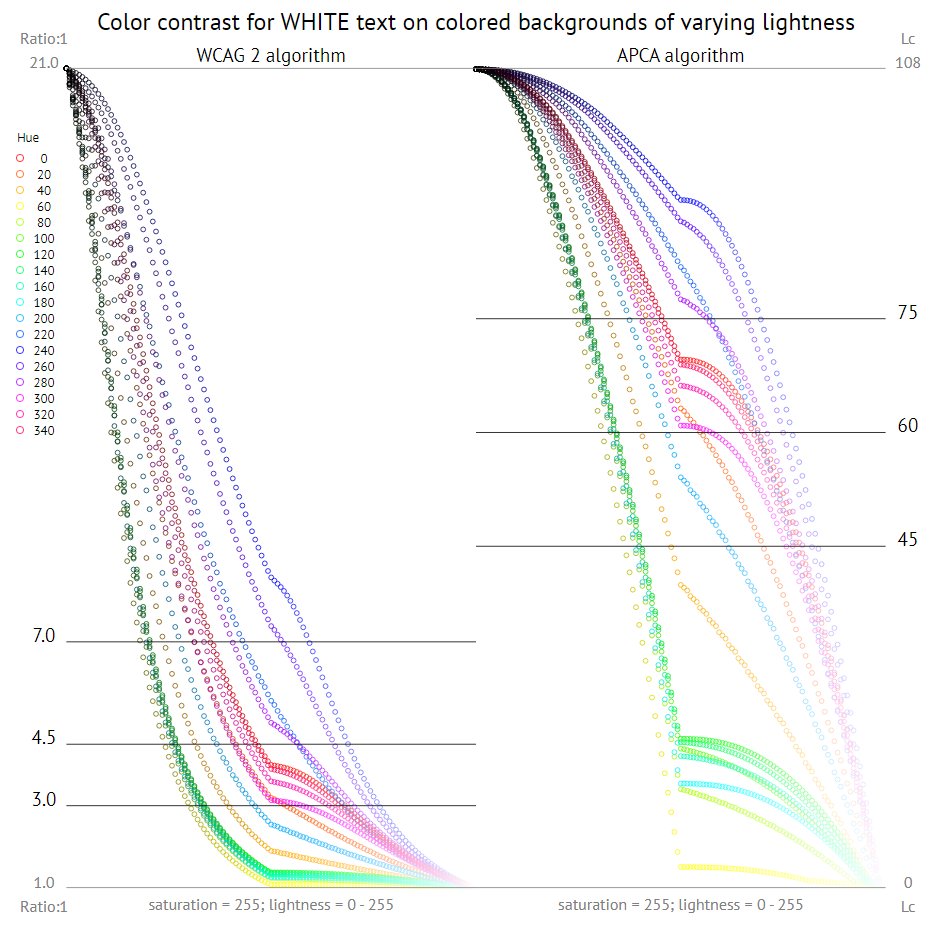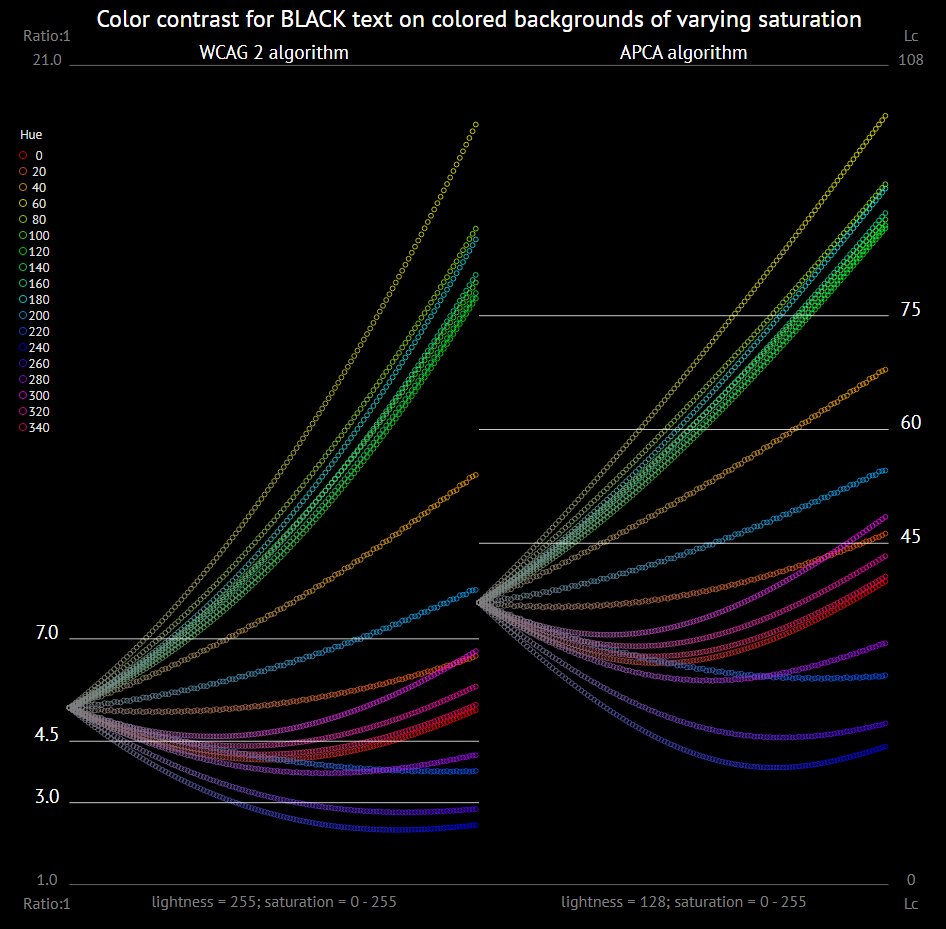A layman's thread about #AI and #ethics.
This morning as I was driving in to work @BBCr4today discussed a framework for ethics in AI after the £150m Schwarzman donation to Oxford Uni for a new Institute on AI and Ethics. Whoever was speaking was asked for examples... 1/9
This morning as I was driving in to work @BBCr4today discussed a framework for ethics in AI after the £150m Schwarzman donation to Oxford Uni for a new Institute on AI and Ethics. Whoever was speaking was asked for examples... 1/9
Example given: A self driving car bombing down the road and the brakes fail - should the car go ahead killing pedestrians in its path or swerve to avoid them and instead kill the driver (such as the occupant might be). 2/9
Seriously - how may automotive engineers groaned as the classic trolley problem was brought up as an example. I really hope they don't fritter £150m trying to 'solve' the trolley problem! But there we are - it got mentioned... 3/9
And therein lies a real problem that I, as an layman, can't get to grips with. In order to feel comfortable with any AI, I need to feel that it has no bias, no ulterior motives or 'preferences' that I do not align with. 4/9
I need to feel that the decisions made by an AI can be explained with a 'human way of thinking'. I don't want an autonomous black box that I have no understanding of. And yet what happens if an AI *can* explain itself - and I don't like the way it thinks...? 5/9
What if in the case of the trolley problem, the AI explains that the vehicle it controls would more often swerve thus killing me and my family as the occupants. Would I buy that car? 6/9
I'm torn between needing to feel that an AI is open and transparent; needing to feel that an AI would be aligned to my own needs; and needing to feel that an AI would be truly unbiased for the greater good. 7/9
Whose AI is it? And in whose best interest is an AI acting? How can multiple AI's interact with each other? Maybe no better than how people interact today already? 8/9
As the layman hearing and thinking this, it does make my head spin, because - like the trolley problem - I don't feel there is 'a solution'. It will always, and forever more, be 'more complicated than that'. 9/9
@threadreaderapp please unroll this thread, thank you :)
• • •
Missing some Tweet in this thread? You can try to
force a refresh








